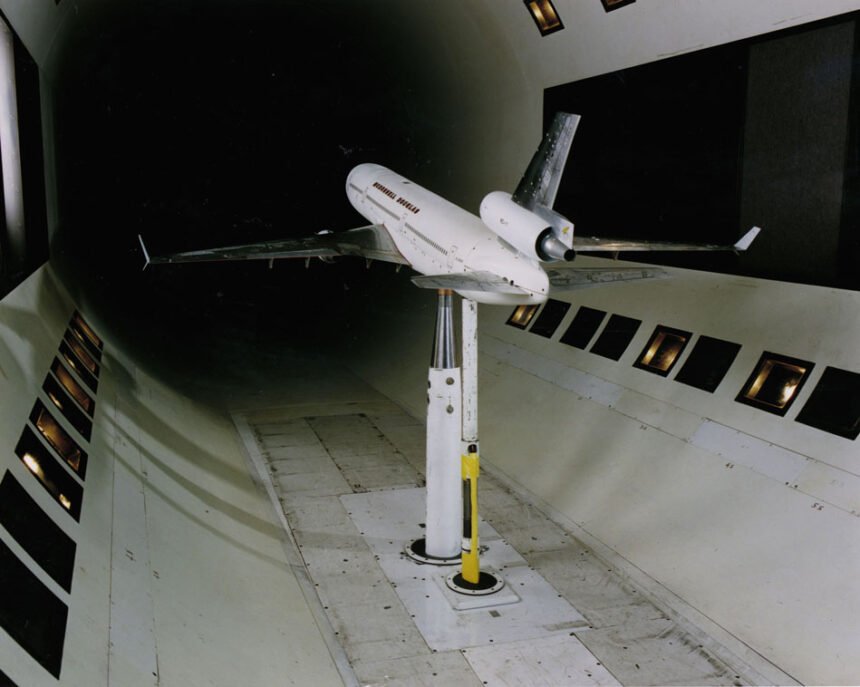The speed of sound, approximately 343 meters per second (1235 kilometers per hour or 767 miles per hour) in dry air at room temperature, is a fundamental limit to how fast disturbances can propagate through a medium. While we often hear about objects breaking the sound barrier, such as supersonic aircraft, it’s essential to clarify that wind itself cannot travel faster than the speed of sound. In this article, we will explore the physics of sound, the nature of wind, and the factors that influence their speeds.
Understanding the Speed of Sound
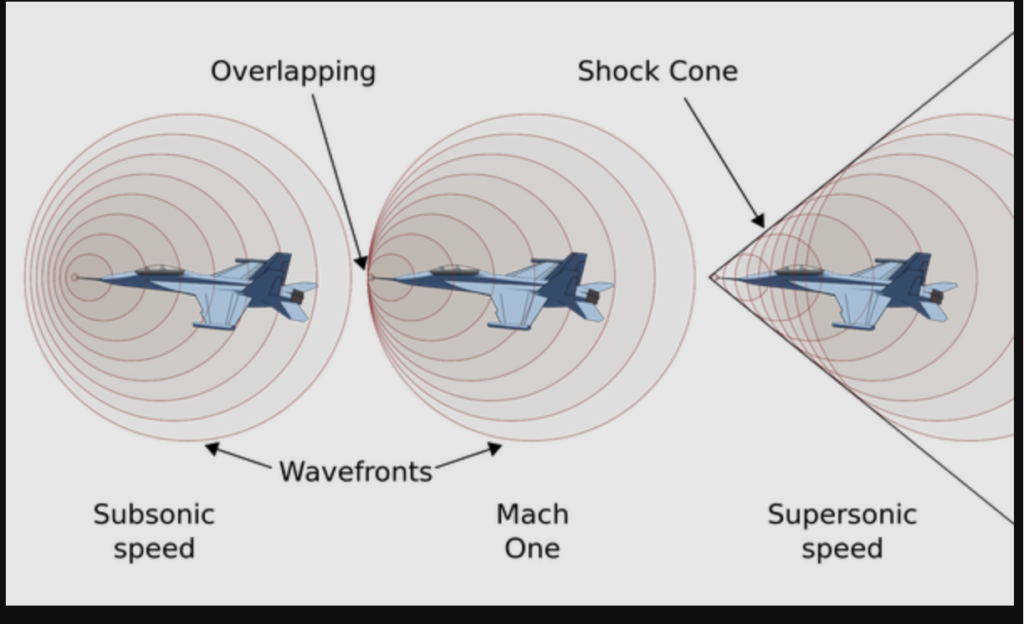
The speed of sound in a medium, including air, depends on several factors, primarily the temperature and composition of the medium. In dry air at sea level and around room temperature, sound travels at approximately 343 meters per second or 1235 kilometers per hour.
Also read : What Happens When A Spaceship Flies At The Speed Of Light? Lets Find Out
Wind Speed: A Relative Phenomenon
Wind, on the other hand, is the movement of air masses from areas of high pressure to low pressure. Wind speed varies greatly with factors like geographical location, altitude, and local weather conditions. Hurricanes and tornadoes, for instance, can have extremely high wind speeds that can cause considerable damage.
Supersonic Travel and Wind
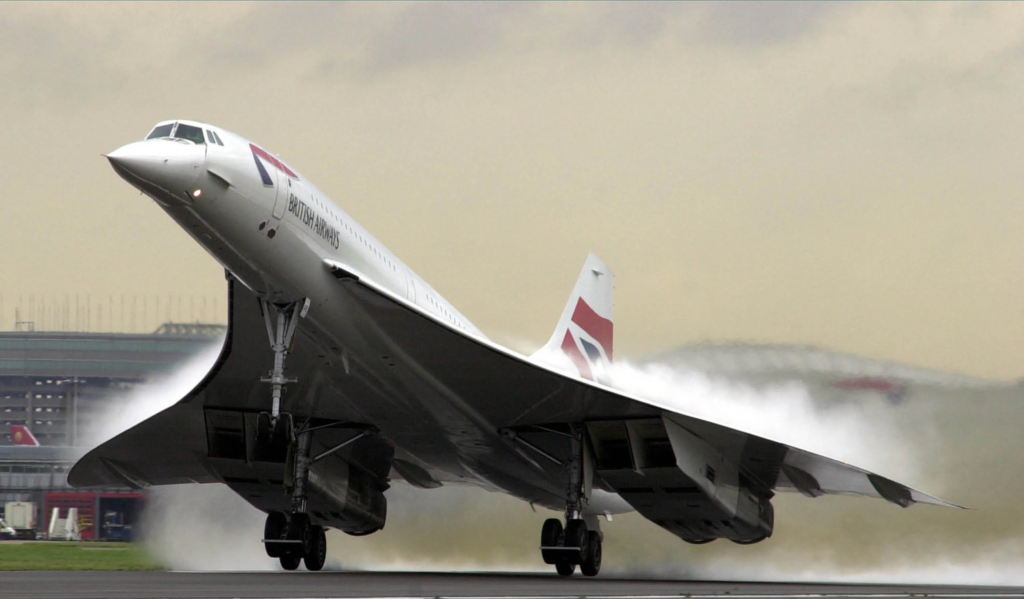
While wind itself cannot travel faster than the speed of sound, it is important to note that objects moving through the air, such as aircraft, can exceed the speed of sound. When an object surpasses the speed of sound in air, it generates a shockwave called a sonic boom. This is a consequence of the object “outrunning” the pressure waves it creates, resulting in the compression of sound into a shockwave.
The speed of sound in the medium (air) remains constant, but the object, such as a supersonic aircraft, moves faster than that speed, causing it to create a shockwave that can be heard as a sonic boom on the ground.
Variables Affecting Wind Speed
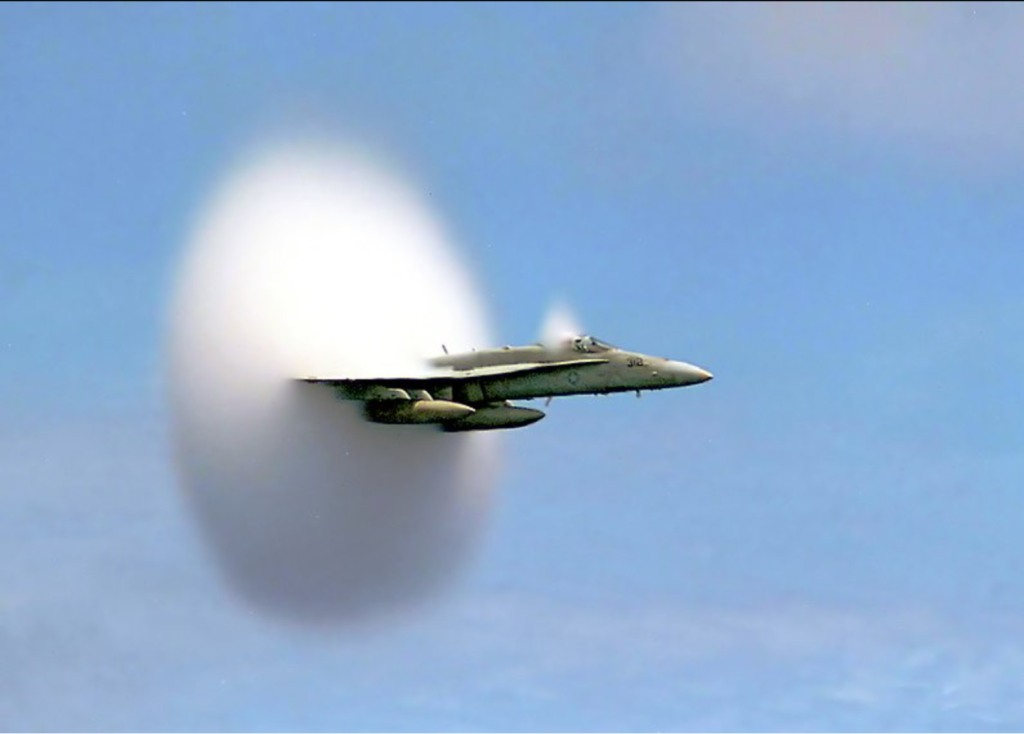
Several factors can influence the speed of wind, including:
- Pressure Gradient: The difference in air pressure between two points creates a force that drives the movement of air. The steeper the pressure gradient, the faster the wind will blow.
- Altitude: Wind speed can vary with altitude. In the upper atmosphere, wind speeds can reach extremely high velocities, known as jet streams, which play a significant role in weather patterns.
- Local Weather Patterns: Local weather systems, such as low-pressure systems, high-pressure systems, and storms, can significantly affect wind speeds.
The Fascinating World of Sonic Booms
The creation of a sonic boom is a captivating phenomenon in the world of supersonic travel. When an object, like a military jet or a supersonic passenger aircraft, surpasses the speed of sound, it generates a shockwave with remarkable properties:
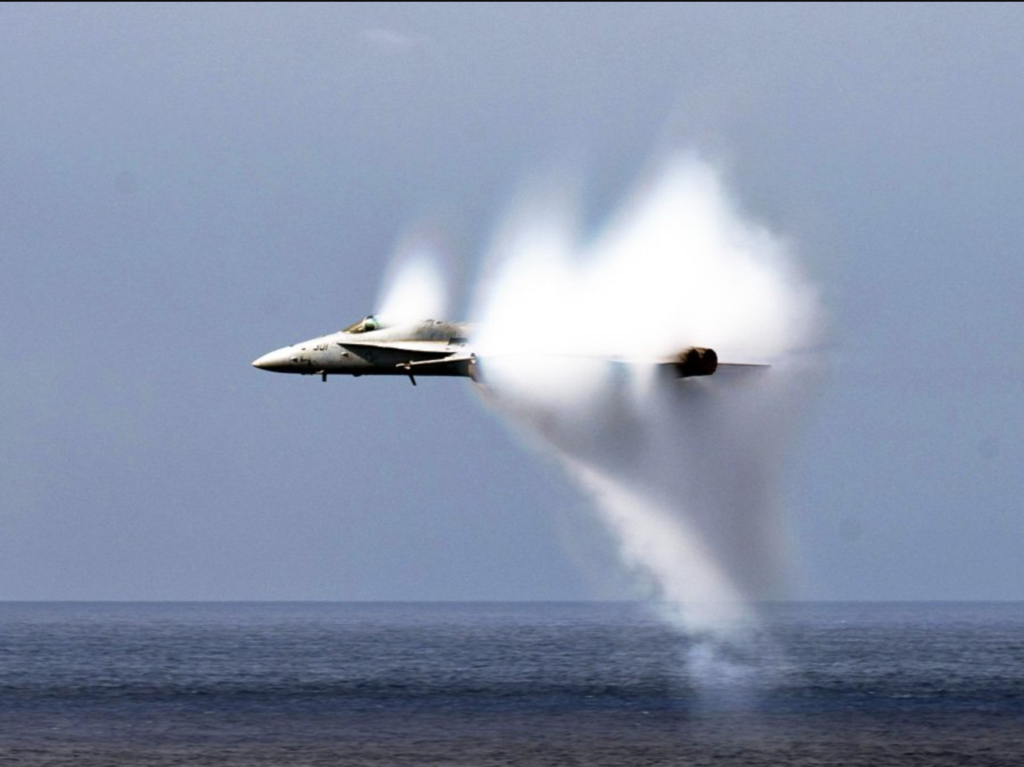
- Double Boom: The most distinct feature of a sonic boom is the double boom heard on the ground. This phenomenon occurs because the shockwave has two components: a leading shockwave followed by a trailing one. The boom is heard as a sudden, sharp sound, resembling an explosion.
- Cone of Silence: In the direction of the supersonic object’s travel, there is a cone-shaped region where the sonic boom cannot be heard. This is often referred to as the “cone of silence.” Listeners within this region will not hear the boom, but they will perceive it when the object exits the cone.
- Intensity Variation: The intensity of the sonic boom depends on various factors, including the object’s speed, altitude, and size. For instance, military aircraft flying at high speeds and altitudes will generate more intense sonic booms compared to smaller, slower objects.
- Regulations: Sonic booms can be disruptive, and their effects on structures and individuals have led to regulations. In the United States, for example, the Federal Aviation Administration (FAA) restricts supersonic flight over land to mitigate the impact of sonic booms on the ground.
The Science of Sonic Booms
Sonic booms occur when an object moves faster than the speed of sound (Mach 1). At this point, the object continuously produces pressure waves, which combine to form a shockwave. This shockwave travels outward from the object and is responsible for the characteristic double boom.

The speed of sound itself is influenced by several factors, with temperature being a critical one. At higher temperatures, the air molecules move more quickly, increasing the speed of sound. This is why the speed of sound varies with altitude, as temperature decreases with height in the Earth’s atmosphere.
In Conclusion
The phenomenon of sonic booms is a remarkable intersection of physics, engineering, and human innovation. While wind itself cannot travel faster than the speed of sound, objects moving through the air can indeed exceed this threshold, creating shockwaves that lead to sonic booms. Understanding the factors that influence the speed of sound, as well as the properties and effects of sonic booms, is essential for the safe and responsible operation of supersonic aircraft and the regulation of their flights over populated areas. It also adds a touch of excitement and awe to the world of aviation and aerospace exploration.
Also read : Scientists Breakthrough In Long-Distance Charging Efficiency, Revolutionising Wireless Power







